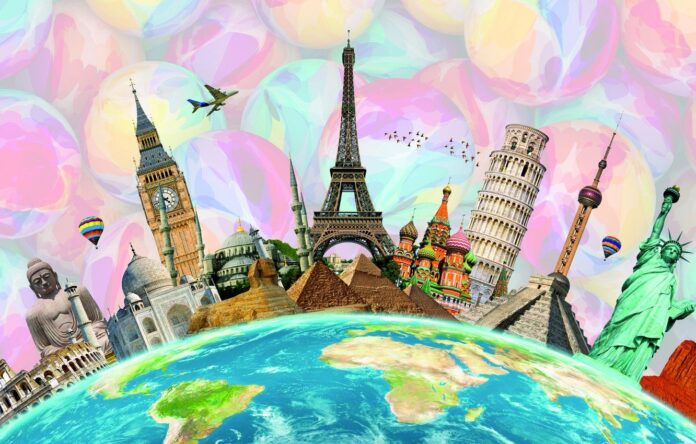Whether you’re planning your own vacation or working in the travel and tourism industry, the chain of distribution can be important to know, both to make sure your plans stay organized and to help plan vacations for other people. Knowing what this chain looks like in detail can help you make better decisions about where to spend your money or help others make smart decisions about what to spend their money on, too. This article explains the chain of distribution in travel and tourism, how it works, how it’s linked together, and what each part does.
Agent
A travel agent is a professional who arranges the sale and purchase of transportation, accommodations, tours, and trips. They work with airlines, hotels, resorts, and other travel-related businesses to find the best deals for their clients. A travel agent’s job is to make sure that their client has a safe, enjoyable, and stress-free trip. It can be difficult for a client to know where to go or what they want when it comes to traveling so the travel agent will help them out by suggesting destinations and activities.
The chain of distribution in travel and tourism begins with the company providing services such as flights, hotels, car rentals, etc., or any type of service that needs distribution throughout an area. It moves on from there through agents like tour operators, wholesalers, retailers, etc., until it reaches someone who will use the service (the consumer).
Distributor
A travel and tourism distributor is an organization that provides products and services to customers in the travel and tourism industry. They can be airlines, hotels, tour operators, or other types of businesses. The chain of distribution for a particular product or service will vary depending on the type of business and the market they are targeting.
For example, an airline will use different distribution channels than a hotel. An airline will focus their marketing efforts on getting consumers to buy tickets through them rather than using agents. Hotels would want travelers to book rooms through them instead of online booking sites like Expedia and Priceline.
Airline
The chain of distribution in travel and tourism begins with the airline. Airlines are responsible for getting passengers to their destination safely and on time. They also need to provide comfortable seating, food and beverage service, and in-flight entertainment.
To do this, airlines work with a variety of suppliers, including airports, ground handlers, and catering companies. Some vendors supply services exclusively to one or two airlines, while others offer their services to many different carriers.
Many airlines now have their own catering company as well as an in-house lounge. Airline caterers typically cater to one or two major carriers but might subcontract with smaller feeder carriers for services like snacks and beverages.
Hotel/Travel Company
A chain of distribution is defined as the path that goods and services take to get from the point of production to the point of consumption. In travel and tourism, this process begins with a hotel or travel company making a product available to consumers. From there, a customer can purchase the product either directly from the provider or through a third-party retailer. Once purchased, the customer will then consume the product, which completes the chain of distribution.
Passenger
The chain of distribution in travel and tourism refers to the way in which different businesses work together to provide a product or service to customers. It includes everything from the initial planning stages to the actual delivery of the product or service. In the case of passenger travel, this would include an airline, a travel agent, an online booking site such as Expedia, and so on.
There are many channels that need to be coordinated between these groups for someone to successfully plan and book their trip.
For example, when a person books their flight online through Expedia, they are purchasing the flight with credit card information stored with them. The next step is for their credit card company (or payment processor) to process that purchase by going through various steps including authorization checks, clearing funds for settlement and finally executing settlement if all is successful.
Conclusion
The chain of distribution in travel and tourism is the process that tour operators use to make their products available to consumers. It involves a number of different players, including travel agents, tour operators, wholesalers, and retailers. Each player has a different role to play in making sure that the consumer gets the product they want.


